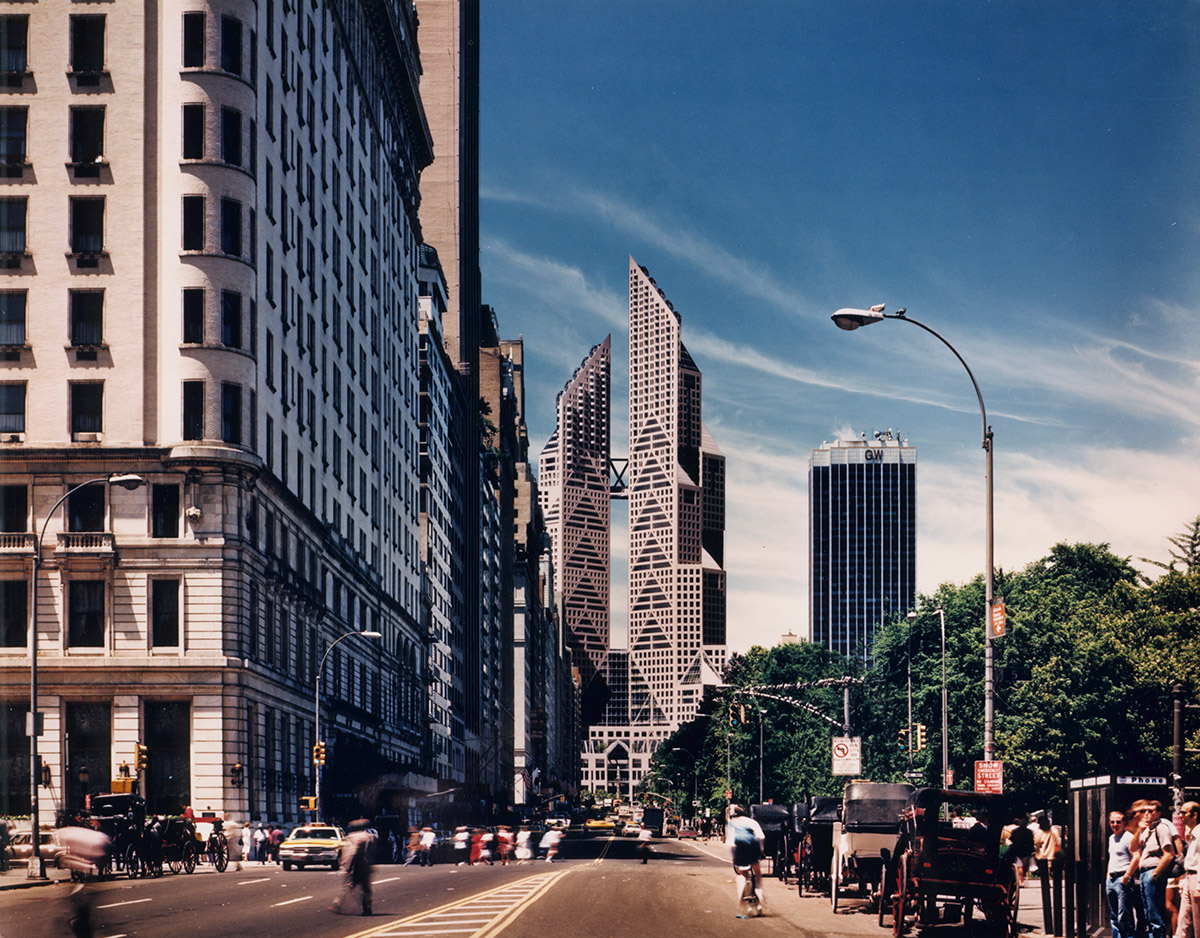Submitted by WA Contents
"More Than 50 Percent Of My Work Is Unbuilt" says Moshe Safdie
Canada Architecture News - Apr 27, 2018 - 01:12 21562 views

"More than 50 percent of my work is unbuilt," says Israeli-Canadian architect Moshe Safdie in a new Time-Space-Existence video, which has been released by PLANE-SITE, a global agency working at the interface of urban form, cultural space, and social life.
PLANE-SITE has released its latest video-interview dedicated to Israeli-Canadian architect Moshe Safdie, Principal of Safdie Architects. After half a century working in architecture, Moshe Safdie remains one of the world’s most influential modernists.
Winner of the prestigious AIA Gold Medal, Safdie is known for his environmentally-ambitious projects and bold forms. In this new short video from the Time-Space-Existence series, Safdie ponders on his own legacy and that of his Habitat 67, the designs that will never be built, and what he believes has made his work so timeless.

Habitat 67, Garden terraces. Image © Sam Tata
Produced by PLANE—SITE, the video has been commissioned by the GAA Foundation and funded by the ECC in the run-up to the Time-Space-Existence exhibition during the 2018 Venice Architecture Biennale, which opens on May 26, 2018.
PLANE—SITE traveled to Moshe Safdie’s Boston office to discuss the topics of time, space, and existence as they relate to Safdie’s work. He discusses the necessity of remaining responsive to a building’s purpose as an architect, and why he felt it necessary to subordinate himself — rather than simply repeat Habitat 67’s geometric design method throughout his career.

Habitat 67, overview. Image © James Brittain
It is this contextual approach, he believes, that makes a building truly timeless. He also discusses why many of his projects were never built, and why he doesn’t consider this to be a bad thing. For him, some of his most significant work remained only on paper.
Born in 1938 in Haifa, Moshe Safdie is an Israeli-Canadian architect, urban planner, and educator. After graduating in Architecture from McGill University in Montreal, Safdie was an apprentice to Louis Kahn.

Columbus Center (unbuilt), New York (1987). View from street. Image courtesy Safdie Architects
Safdie is most well-known for his iconic, cellular and prefabricated units for living, Habitat 67, designed early in his career in 1967. Shortly afterward, in 1970, he established a Jerusalem office and was heavily involved in the development of Jerusalem’s new city center. Safdie is also known for his work on the Marina Bay Sands Resort in Singapore, the new Yad Vashem in Jerusalem, and The United States Institute of Peace Headquarters in Washington DC.

Crystal Bridges Museum of American Art, Bentonville, Arkansas, US (2011). Dining bridge from across upper pond. Image © Timothy Hursley
The Time-Space-Existence video series has already featured both prominent and emerging architects including Denise Scott-Brown, Peter Eisenman, Meinhard von Gerkan, WOHA Architects, Curt Fentress, Dirk Hebel, Arata Isozaki and others. The series will be exhibited in Palazzo Bembo and Palazzo Mora during Venice Architecture Biennale as well.

Ben Gurion International Airport - Airside Terminal, Tel Aviv, Israel (2004). Exterior at night. Image © Alan Karchmer
PLANE—SITE is a global agency working at the interface of urban form, cultural space, and social life. They believe that sharing compelling stories about the built environment can inspire communities to innovate and progress.
"Cutting through the noise with original multimedia content and meaningful narratives, we help our client s to become their own intellectual agents," said the company.
The company recently released video-interviews with Daniel Libeskind, Kengo Kuma and Richard Meier.
Top image: Habitat 67, Montreal, Canada (1967). Image © Tim Hursley
> via PLANE-SITE
